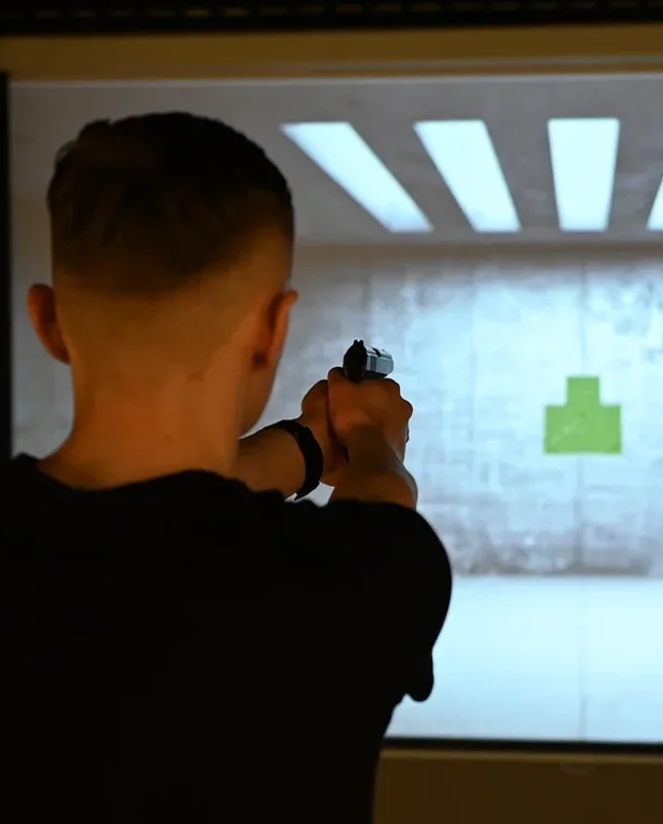Firearm safety and safe gun practices are ever important in our rapidly changing society. There has been a surge in the number of purchases of firearms over the past few years, whether that be due to the pandemic, increased violent crimes, or any other reason. As a firearm owner with my Pennsylvania Concealed Carry Permit, I am very well versed and a strong supporter of firearm ownership. However, no one should own a firearm without being properly trained on its use, both for safety and regulatory reasons. The use of dry fire training would prove to be a welcome addition to gun safety courses worldwide.
Dry fire training allows a person to practice firearm handling and firing safely. Dry firing is essentially the practice of using a firearm without loading it with any ammunition loaded into the magazine or the chamber, thus enabling a person to pull the trigger without any form of a projectile coming from the barrel of the gun. While this may seem boring or silly to some, it could prove to be a vital training method, especially for a beginner. This would give an individual the ability to know what pulling the trigger of a firearm feels like, without having the risk of anyone getting hurt or any property getting damaged. Dry fire training could be performed anywhere, which makes it much easier to get firearm safety practice done in any environment. Going to a shooting range can prove to be expensive and dangerous for a beginner, as you can feel the recoil of your firearm as well as everyone else’s firearms as they are shot. It is also very noisy, so it can be hard to hear any instructions being given to you by a teacher or aid. Dry fire training also is a surefire way of improving the handling of a firearm because the user would be able to become accustomed to how their firearm feels in their hand, from the grip of the gun itself to their arm position when aiming their gun at a target. This is important for every firearm owner to learn because mishandling of a gun can lead to excess injury to the operator and any bystanders.
Dry fire training could also prove to be helpful for experienced firearm owners. Safe firearm handling and firing is a skill that is learned, and all skills must be honed in and practiced regularly. Without repetitive use of a firearm, any acquired skills can fade and get worse with time. That is where the method of dry fire training would come in handy. Since this can be practiced virtually anywhere, firearm owners can set up a schedule for regular practice with their firearms. Without the additional cost of ammunition being needed for this practice, gun owners could set up a weekly schedule, therefore allowing them to regularly improve their firearm safety skills without ever risking enough time off to let their skills fade.
In conclusion, dry fire training can benefit firearm owners of all experience levels. It would help new owners hone in and perfect their skills and safety knowledge before ever actually loading their guns with ammunition, thus providing an amazing baseline to go off of when they do take their first step into a shooting range. Experienced owners would be able to practice the skills they already have, enabling them to always improve their existing methods. Dry fire training would be a welcomed addition to the world of safe firearm practices and should be used by all persons interested in firearms to obtain a basic knowledge of safe gun use and handling.
